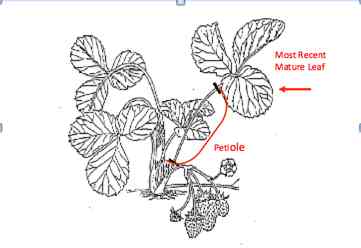I sure don't want to sound all doom and gloom but we do need to make sure all our pasture and hay growers are aware of a severe problem that is only getting worse. Bermudagrass stem maggot is here and it doesn't seem to be going away!
If you have coastal bermudagrass hay or pasture then you know about this insect. If you are not sure then walk out in your pastures now and look at the dead tips. This insect has four life stages: the adult is a small fly, the adult lays an egg on the bermudagrass stem, the egg hatches a maggot or small larvae that burrows into the stem and feeds for several days. The feeding it does cuts through the topmost leaves so that they die. These leaves that died look just like a killing frost came through without the cold weather.
Alicia, Coastal and Tifton 44 are the most susceptible since they are finer textured bermudagrasses. Tifton 85, which is a coarser grass, just doesn't have much problem with BSM. If you are going to be sprigging this next year you really should consider this insect and its potential damage in the future for your choice of grass to grow.





